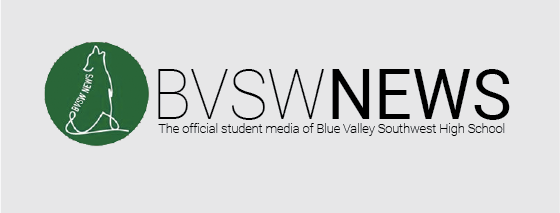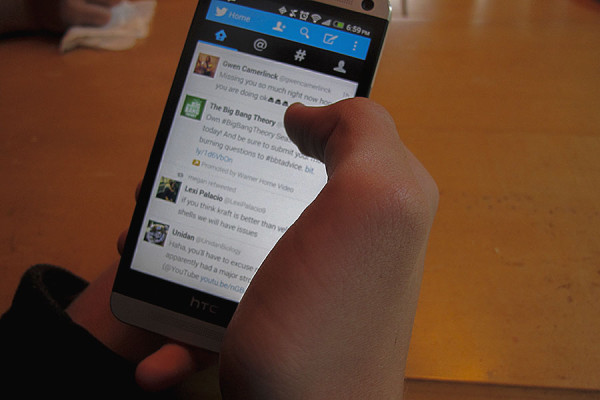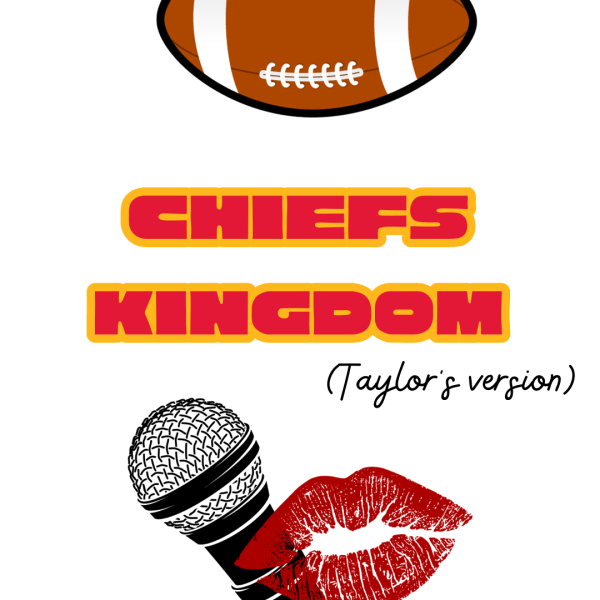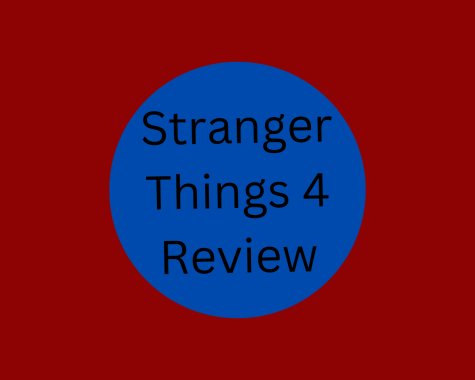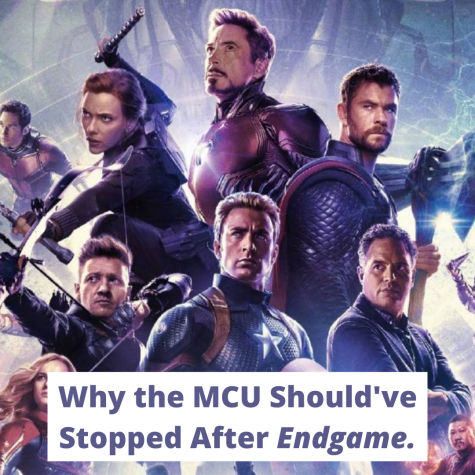A little bird told me you’re angry
With just 140 characters to spare, the younger population has found a way to indirectly call somebody else out on their self-proclaimed incompetence. The new trend of “subtweeting” has weaseled its way into the mainstream of many teenagers’ Twitter accounts today. Subtweeting is simply calling somebody out on something they did that aggravated somebody else. For example, a friend’s been ignoring somebody lately, so they tweet, “Ugh, I can’t believe you’re doing that again.” That’s a subtweet because the tweeter never directly mention said friend’s name (or even what they’re “doing” again).
However, don’t feel guilty if you have subtweeted in the past– or still do. Adolescents do it. Teenagers do it. Even Chris Brown subtweets. A lot.
“I think people subtweet because they’re cowardly and don’t want to actually deal with their problems,” junior Lauren Stone said. “A lot of times, people are just looking for attention, so they go online and post some sort of woe-is-me tweet or status to get that attention, but it really just shows they’re immature.”
Some people even use the hashtag ‘#subtweet’ to brand their passive-aggressive sentence (or two).
Freshman Finn Murphy agrees.
“I think people subtweet because they are too scared to say it straight out to a person,” she said. “Sometimes tweets are so obvious, the person they’re about knows that they’re the target. “I have been subtweeted about, it’s so annoying. Like, why don’t you say that to my face?”
However, freshman Jack Jennings — who is new to Twitter — didn’t know much about subtweeting. In fact, once told the definition, he seemed rather neutral about it. “It depends on what it [the tweet] is about. But when it’s rude I don’t like it,” Jennings said.
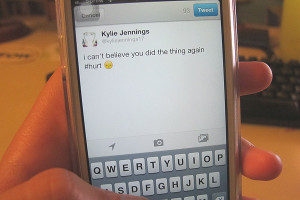
The world of subtweeting is taking the nation by the hand, naturally. In the world we live in today, the population is grasping onto a concept that may make them seem immature, but also calling out the other person on their rudeness without having to directly confront the other person and have an emotional talk face-to-face.
“I think [they] don’t like conflict and dealing indirectly with the problem seemed easier than sitting them down,” counselor Annie Frizzell said.
She compared subtweeting to hostile post-it notes her roommates would leave around the dorm when somebody didn’t clean up their mess.
“I think separating emotion from logic was something that was hard to do, even though it was over things pretty trivial. And it wasn’t always a successful plan– especially when dealing with friends,” Frizzell said.
This goes to prove that the general population is more willing to tiptoe around a troubling subject then actually confront it face-to-face.
All interviewees have seen many examples of subtweeting on their own Twitter dash. “I see a bajillion. It’s so annoying,” Murphy said.
“A girl I just followed does it a lot. It’s kind of interesting because it makes you wonder what’s happening, but it’s also kind of annoying because it clogs up everything,” Jennings said.
So whether the original poster is looking for ‘attention’ or simply searching to call somebody out on their disrespect, there is a general consensus on subtweeting; it’s aggravating and the general population would prefer to be told to their face is something is wrong.
[slideshow id=86]
